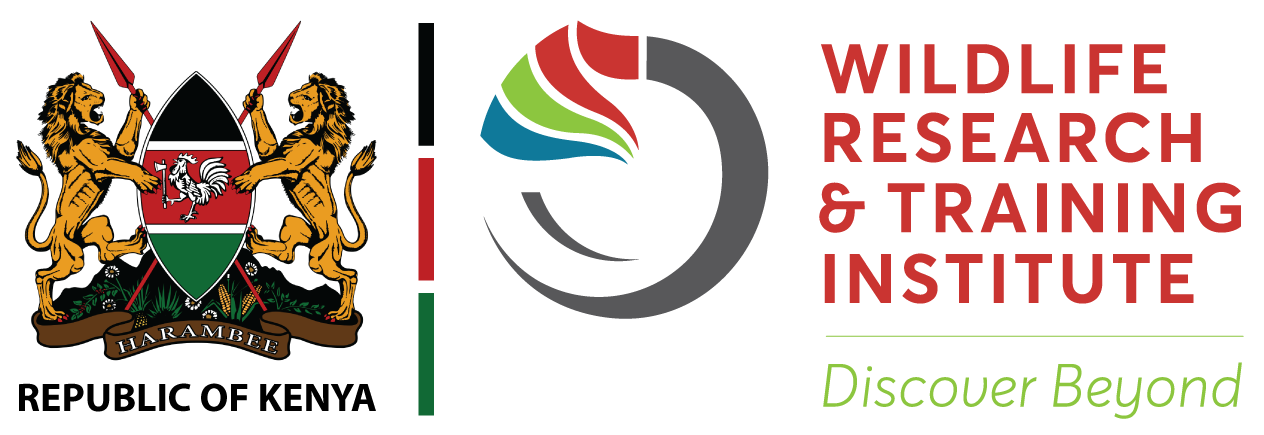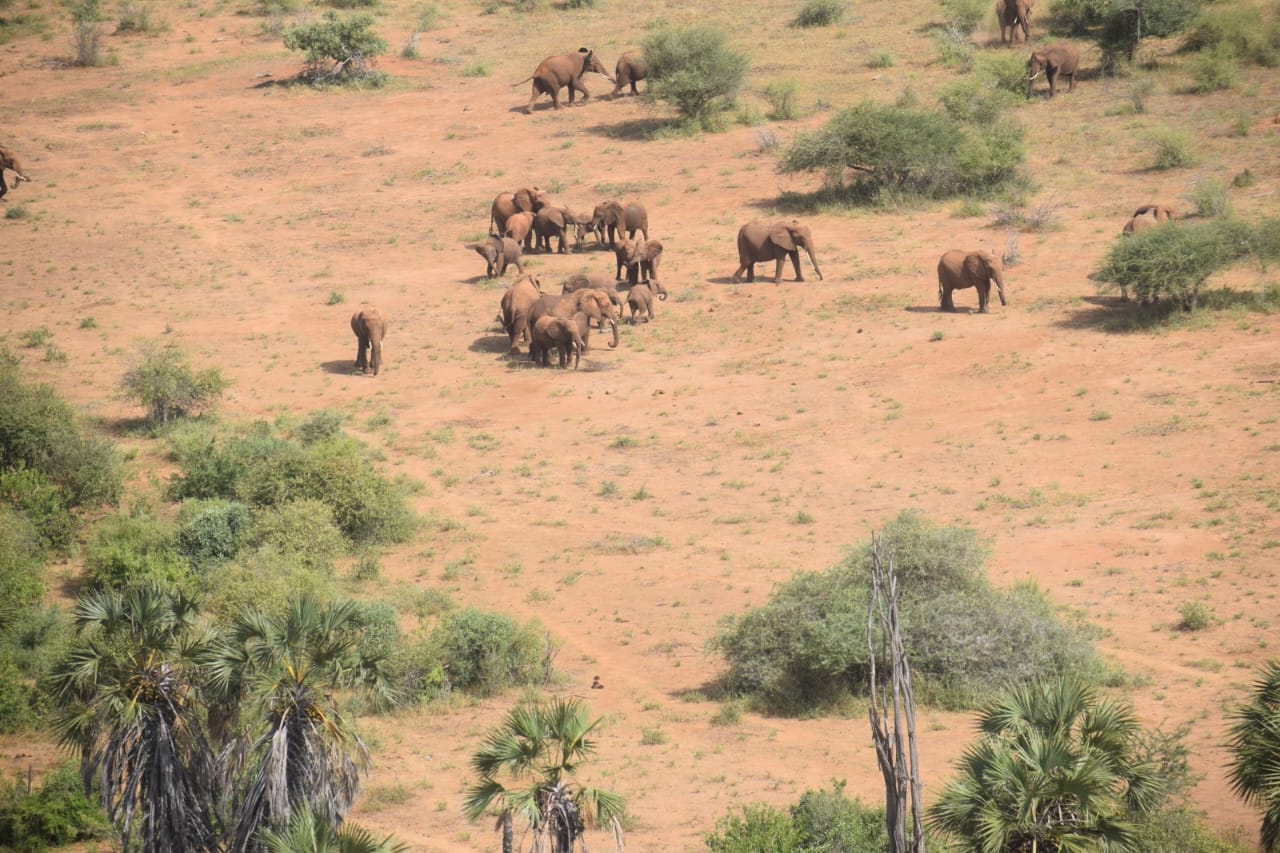TheInstitute, in collaboration with the University of Helsinki has released a new publication titled: Addressing Human-Elephant Conflicts in Taita Taveta County, Kenya: Integrating Species Distribution Modeling into Targeted Conservation Strategies.
With nearly 70% of Kenya’s wildlife living outside protected areas, competition between people and wildlife over land and resources continues to intensify. Human-elephant conflict is particularly prevalent in the Tsavo ecosystem, which is home to almost half of Kenya’s elephant population.
This study applies advanced species distribution modeling (SDM) techniques to identify high-risk areas for human-elephant conflict in Taita Taveta County. Using an ensemble modeling approach that integrates six algorithms—including Generalized Linear Models, Boosted Regression Trees, and Maximum Entropy—the research team developed detailed conflict risk maps.
The maps reveal that proximity to human settlements and agricultural land are major predictors of conflict, offering critical insights for targeted and proactive conservation planning.
Key contributions of the study include; introduction of a data-driven approach to predict and map human-elephant conflict hotspots; informs land-use planning in Taita Taveta County and the broader Tsavo ecosystem; guides conservation managers on where to focus mitigation efforts and lastly, promotes strategic solutions to enhance human-elephant coexistence
This publication marks a significant step in addressing the challenges of human-elephant conflict in Kenya. It provides a scientific foundation and practical tools for conservation stakeholders working to harmonize the needs of communities and wildlife.

